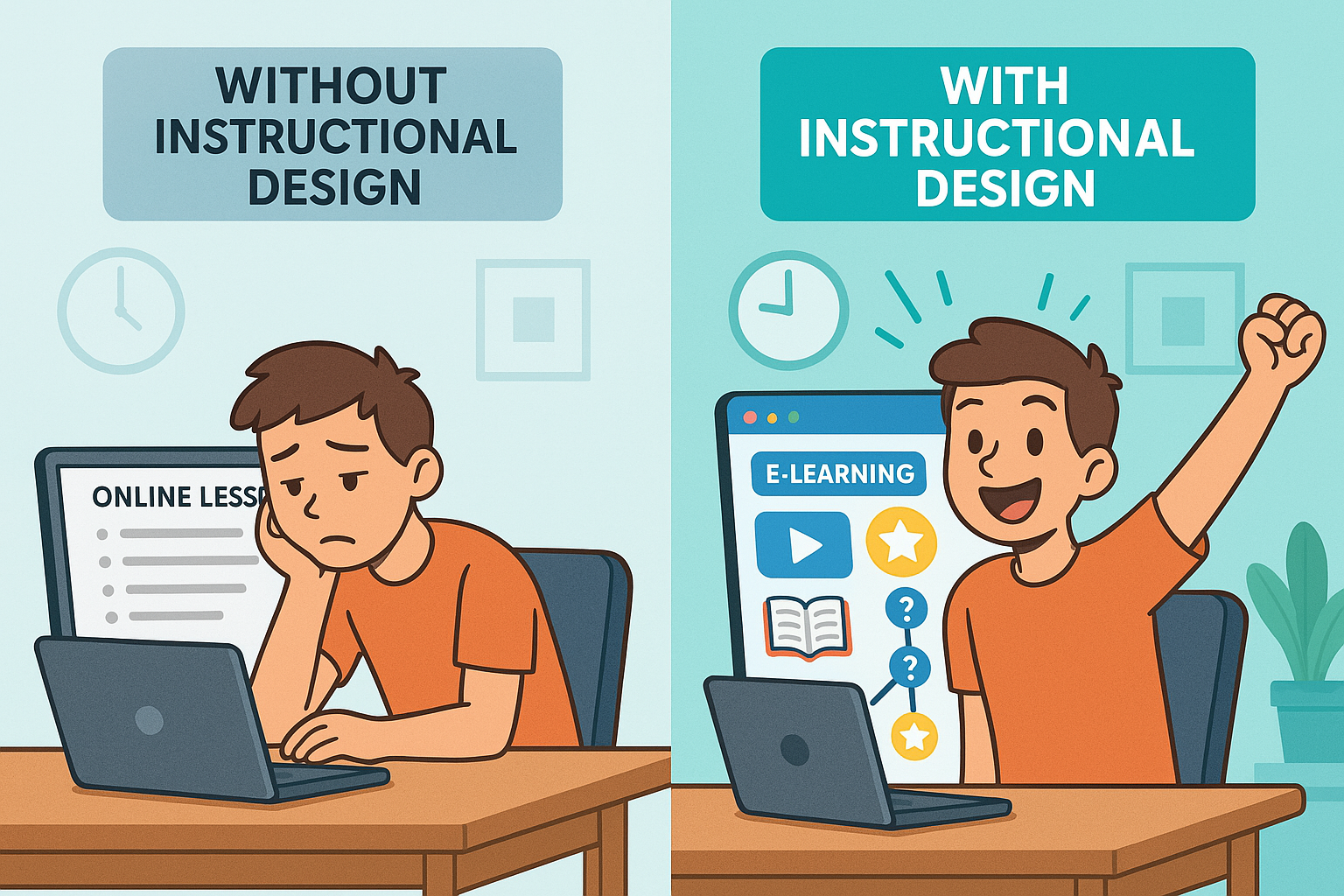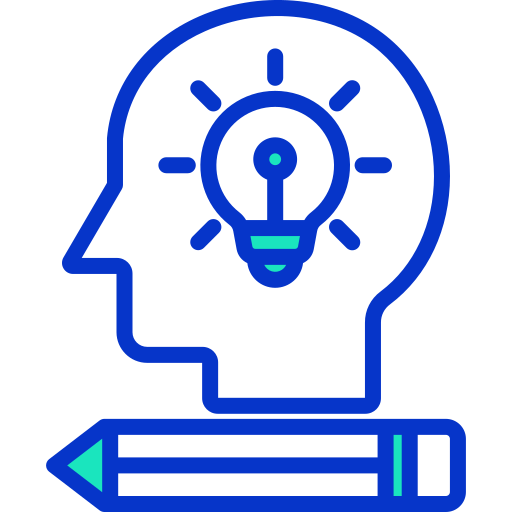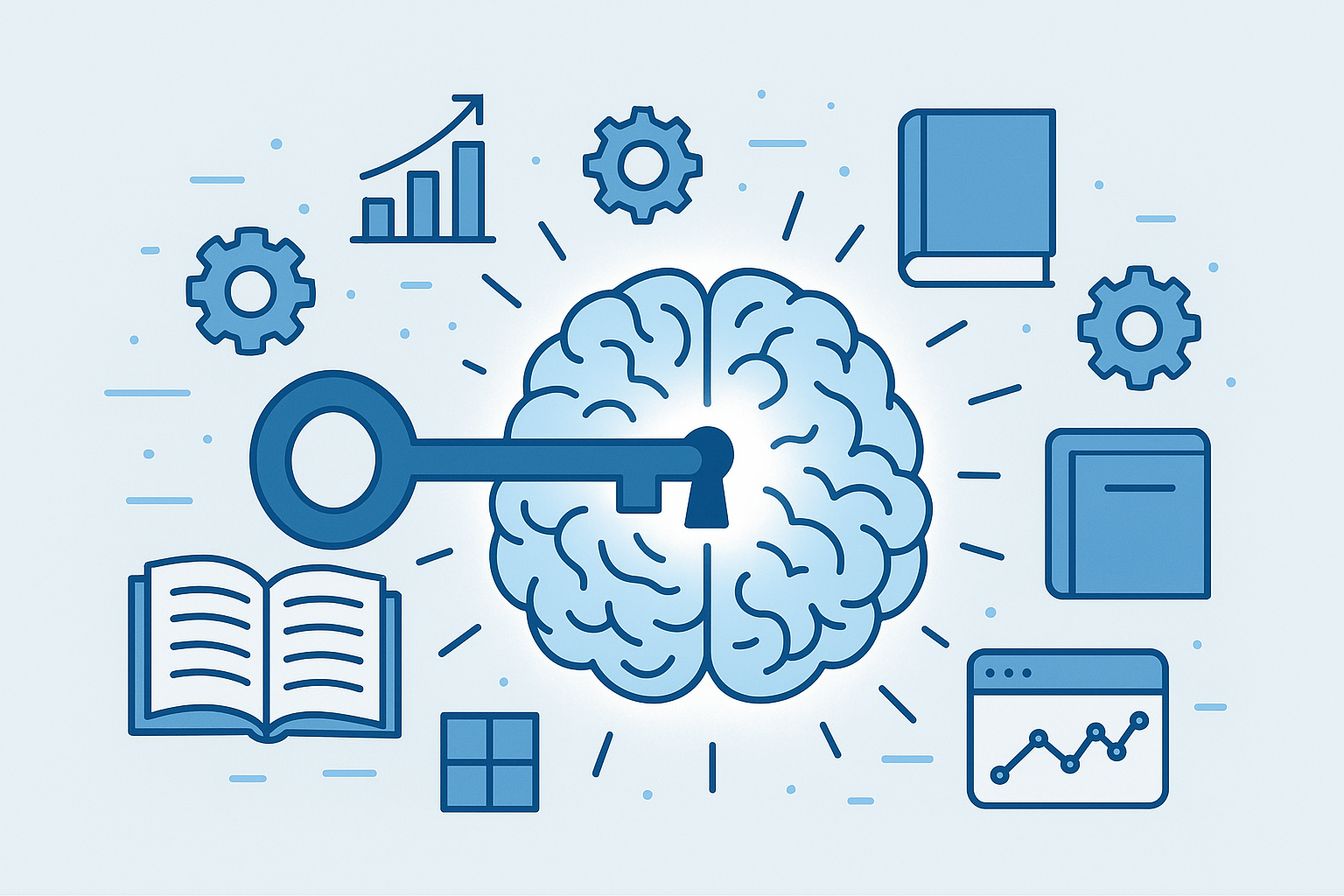Unlocking the Mysteries of Instructional Design
What Exactly Is Instructional Design?
If you’ve ever had a moment when something suddenly ‘clicked,’ or a training session made perfect sense, you’ve probably seen the work of an instructional technologist or instructional designer.
At its core, instructional design is the practice of creating educational experiences that facilitate learning. It is about understanding how people learn and designing instruction to support this process. It’s similar to architecture, but instead of buildings, an instructional designer creates learning experiences.
They consider learning objectives, learner characteristics, and the learning environment to ensure effective learner engagement. Understandably, it’s more than just putting together a PowerPoint presentation and hoping for the best!
Unlike teachers who deliver content, instructional designers focus on creating a path that allows learners to absorb information effectively. The goal is not only knowledge retention but also application in real-world situations.
How Did We Get Here?
Instructional design has roots in ancient practices like Socratic questioning, but its formalization began during World War II. The need to train military personnel quickly and efficiently led to the rise of Instructional Systems Design (ISD).
Post-war industrial training and technological advances—from computers to the internet and now AI—have transformed instructional design into a cornerstone of modern learning across the globe.
Why Instructional Design Matters
Instructional design, at its best, simplifies complex subjects and transforms passive consumption into active learning. Without it, e-learning could quickly become a dull digital lecture.
With it? Learning becomes engaging and interactive. Whether you’re an employee mastering new software or a student tackling a tough topic, effective instructional design helps you learn better and faster.
Models That Guide the Magic
- ADDIE: Analysis, Design, Development, Implementation, and Evaluation. A classic framework with lasting power.
- SAM: An agile, iterative model ideal for fast-paced projects that require rapid feedback and evolution.
- Also Consider: Bloom’s Taxonomy, Gagné’s Nine Events, Merrill’s Principles — each providing essential learning insights.
The Process in Practice
- Analyze: Identify learner needs and content gaps.
- Design: Map objectives, content flow, and assessment strategies.
- Develop: Create multimedia, eLearning modules, and activities.
- Implement: Deliver the course, support learners, and troubleshoot issues.
- Evaluate: Measure success, gather feedback, refine, and improve.
Tools of the Trade
- Authoring Tools: Articulate Storyline (user-friendly), Adobe Captivate (advanced).
- LMS Platforms: Moodle, Canvas, Blackboard — host and track learning progress.
- VR & AR: For immersive learning, used judiciously for maximum relevance.
Real-World Applications
- Corporate Training: Onboarding, upskilling, compliance — all benefit from thoughtful instructional design.
- E-Learning: Remote, self-paced education with assessments and interactive media.
- Gamification: Points, badges, and leaderboards that motivate learners and encourage consistency.

Instructional design transforms learning from passive to powerful.
Your Future in Instructional Design
This growing field offers pathways in education, corporate training, and freelance work. Success requires:
- Empathy for learners
- Technical skills with tools and systems
- Creativity to make learning stick
- Strategic thinking for aligning instruction with goals
Looking Into the Crystal Ball
Instructional design is headed toward a future that’s:
- Personalized: Adaptive learning paths tailored to individuals
- Data-Driven: Analytics to inform design decisions
- Immersive: VR, AR, and AI-powered learning tools
Stay curious, adaptable, and eager to learn—the journey is just beginning.

